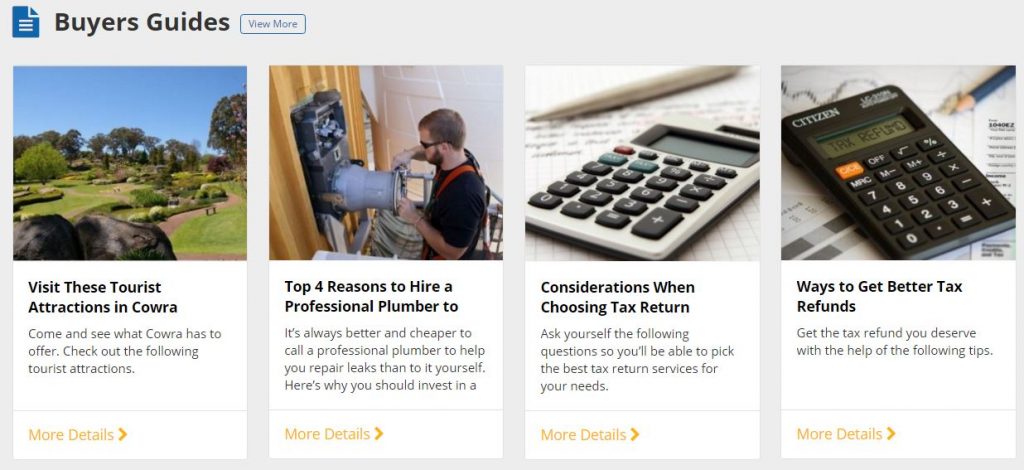Tonnes of ads and emails from retailers announcing upcoming sales and special holiday events are already bombarding shoppers. Because of that, businesses that sell products and services online need to tweak their digital marketing strategy to attract shoppers during the busy and competitive holiday retail season. And the only way to do that is by providing an integrated shopping experience.
Here are seven digital marketing secrets to attract more shoppers during the holiday season and beyond.
1. Mobile experience
One out of five consumers browses via a smartphone or tablet, according to the latest data from
Signal. However, in actual holiday purchases, only 8 percent use smartphones and 7 percent use tablets. What does this mean? The majority of shoppers are only using their mobile devices to browse and then either go to the store or head to their desktop computer to check out.
To take advantage of this trend, marketers should declutter the online shopping experience with a mobile-friendly, easy-to-navigate holiday shopping section. In this section, you can include elements like a top 10 list in each category, top-reviewed and top-rated items, latest discounts and special offer announcements.
2. Buyer’s guide section
Publishing a buyer’s guide or lists of recommended products is one way to help the shopper come to a buying decision. These guides can be especially helpful for items that have similar features from multiple brands or for big-ticket items that need some research.
Consider trending items and topics over the holiday season that you can use as headlines for these buyer’s guides. These may perform well in search since they’re longer than standard pages. You can also have a downloadable PDF version available for those who want to print out the guide.
Here are some buyer’s guide samples from Top4:

3. Content centred on holiday-themed keywords
If you run an online store or shopping platform, ensure that you have plenty of content about upcoming deals and specials, holiday wish list must-haves and similar content published on your website or blog that will engage visitors. Promote the content and make sure it’s shareable — top 10 lists, buyer’s guides and even something humorous will help you get a shopper’s attention.
Be sure to update your blog with fresh posts and keep tabs on trending topics in a consistent manner to cover over the holiday season. This may be a good time to cover non-shopping-related news and other topics that might interest your target market — anything that can encourage them to stay on your site.
4. Combined organic and paid search campaigns
The key to holiday search shopping success is backing up organic efforts with paid advertising so on-page SEO and content marketing are set for conversion. Findings from BrightEdge show that marketers should align organic search efforts to customer intent. Organic and paid search marketers should work together to target terms where searchers indicate purchase behaviour.
From Google AdWords to Bing Ads, accelerate conversions and sales using targeted paid search campaigns aligned with your content marketing strategy or featured products. Businesses selling toys or a certain brand of clothing, for example, can identify top-selling products making the “most-wanted list” for the holiday shopping season and create content and ads around those specific items.
5. Advertising post-holiday sales
Purchases made right after a holiday may give you more revenue than purchases made before a holiday. Some shoppers will be armed with gift cards or cash they received as a holiday gift or have been waiting for holiday sales markdowns all season long. Businesses can take advantage of this second holiday shopping rush by advertising post-holiday sales over the holiday week when many people are off work and travelling.
Social media networks may be more heavily used during this time — which means running targeted social media ads and extending offers to fans and followers can help drive a new wave of traffic to your site and checkout pages.
6. Ad retargeting tools
Timing is everything when it comes to retargeting, so you’ll want to consider the types of ads you want to run leading up to the holidays and during post-holiday sales. Running a countdown promotion leading up to the holidays, or special offers for additional discounts on sale items after the holidays, may help retrieve shoppers who abandoned carts or left the site without making a purchase.
Joining an ad network that offers retargeting services will position specific products your site visitor is looking for and serve up ads for those products on your site as the visitor shops other sites or surfs the web. It’s a powerful way to keep your products on top of mind and possibly prompt a purchase.
7. Personalised messaging and marketing
Personalising the sales experience can increase customer loyalty and engage shoppers at a whole
new level, helping retailers stay one step ahead of the competition. Retailers can do this by engaging customers at every touch point and making use of smart assets, such as associate-facing applications used in interactive booths or stores or screens for customers to “check in” to their store to earn a reward.
Personalise email messages with the shopper’s name in the subject line and body, send personalised greeting cards via regular mail, and provide rewards or “thank you” messages for visiting a brick-and-mortar store based on the shopper’s latest buying or social media check-ins. These are all simple ways that help create a sense of trust and comfort with the brand or business.
There are a lot more ways to attract holiday shoppers, but stay focused on these things and see how they will benefit your business in the long run.
If you need help in implementing your marketing strategies for the holiday season and beyond, contact the top digital marketers today.




